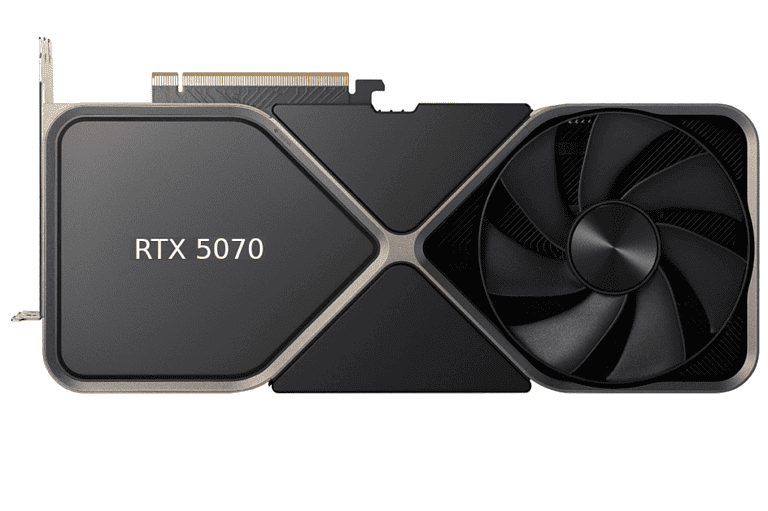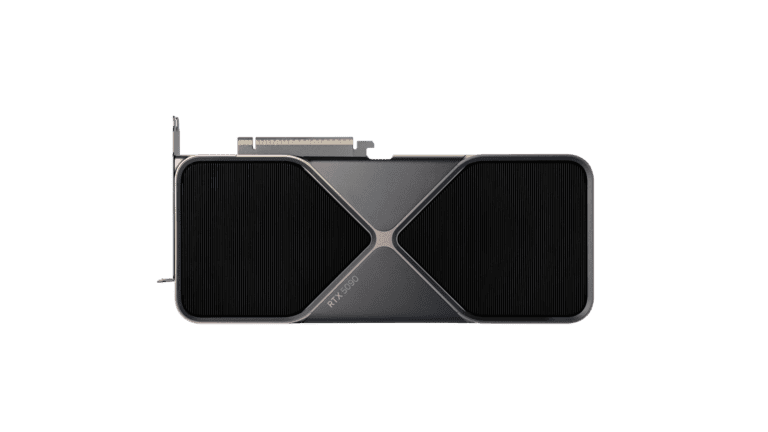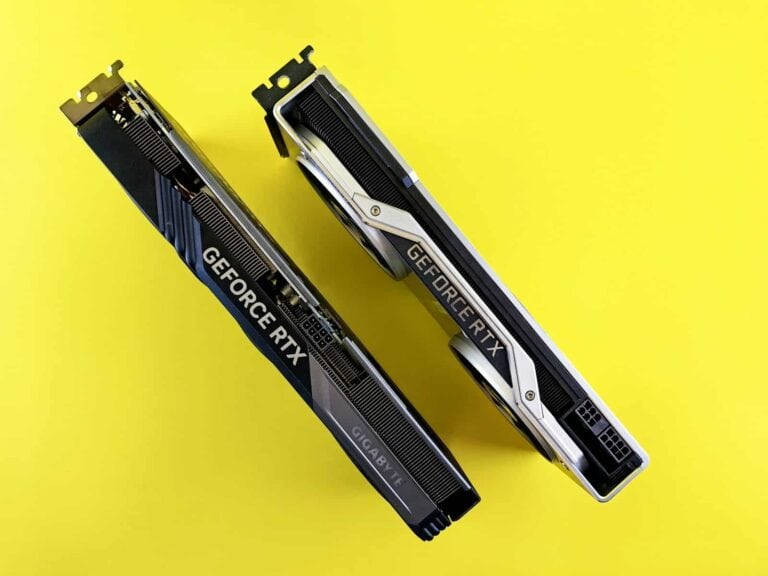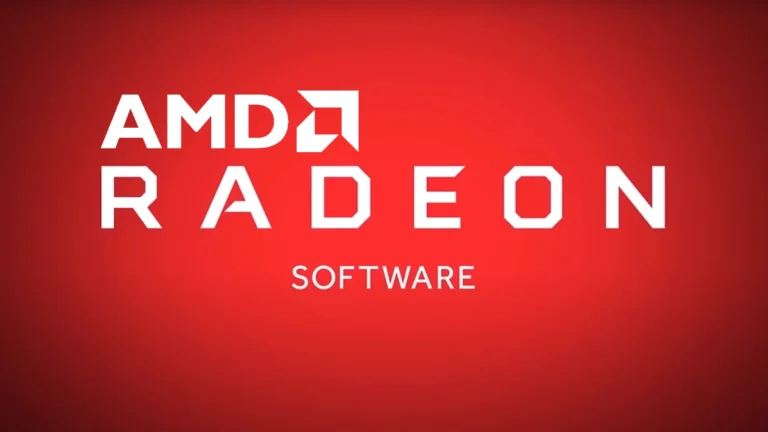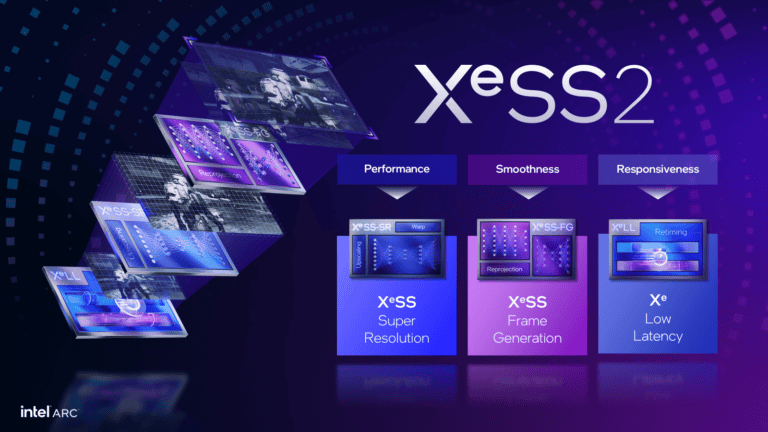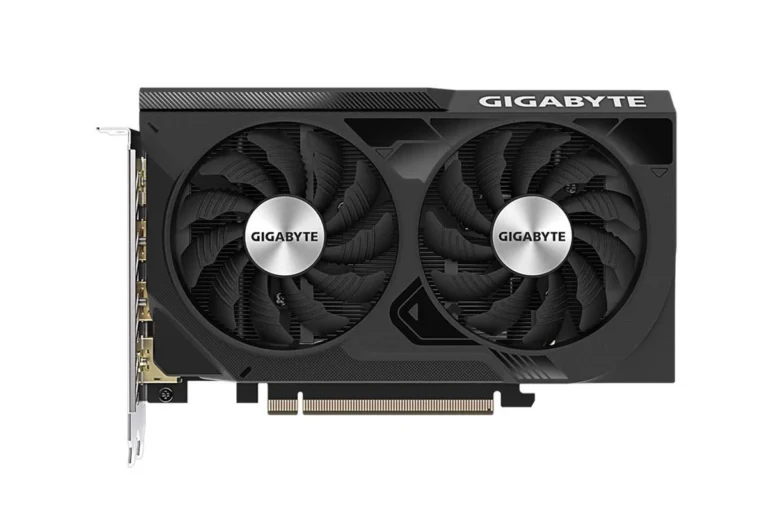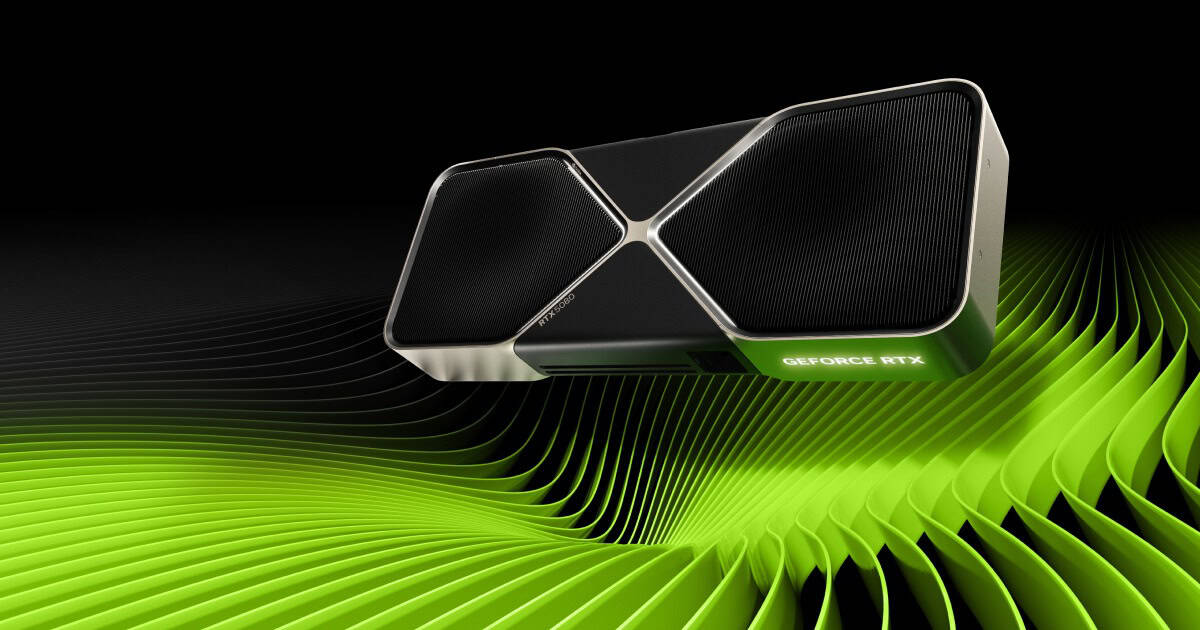
The NVIDIA GeForce RTX 5080 and RTX 4080 SUPER are top-tier graphics cards designed for high-performance gaming and professional use. Both cards offer significant power, but the RTX 5080 represents the next generation of GPU technology. The RTX 5080 outperforms the RTX 4080 SUPER by approximately 20% in cost-per-frame efficiency, making it a more attractive option for those seeking cutting-edge performance.
These graphics cards feature advanced architectures, with the RTX 5080 built on NVIDIA’s latest platform. The RTX 5080 boasts 84 pipelines and 10,752 shaders, compared to the RTX 4080 SUPER’s 80 pipelines and 10,240 shaders. This increase in hardware capabilities translates to improved performance in demanding scenarios, including 4K gaming and content creation tasks.
Nvidia announced that the RTX 5080 will cost $999 and launch on January 30th, 2025. The Nvidia GeForce RTX 4080 Super was released on January 31, 2024, starting at $999 for the Founder’s Edition. There will be dozens of third-party RTX 5080 cards (like there were for previous generations) so expect the pricing to vary a bit. Product availability will also be an issue (especially at first) so that could move prices higher.
Gamers and professionals alike will find value in both cards, but the choice between them depends on individual needs and budget constraints. The RTX 5080’s performance gains come at a higher price point, while the RTX 4080 SUPER remains a strong contender for those seeking excellent performance at a more accessible price.
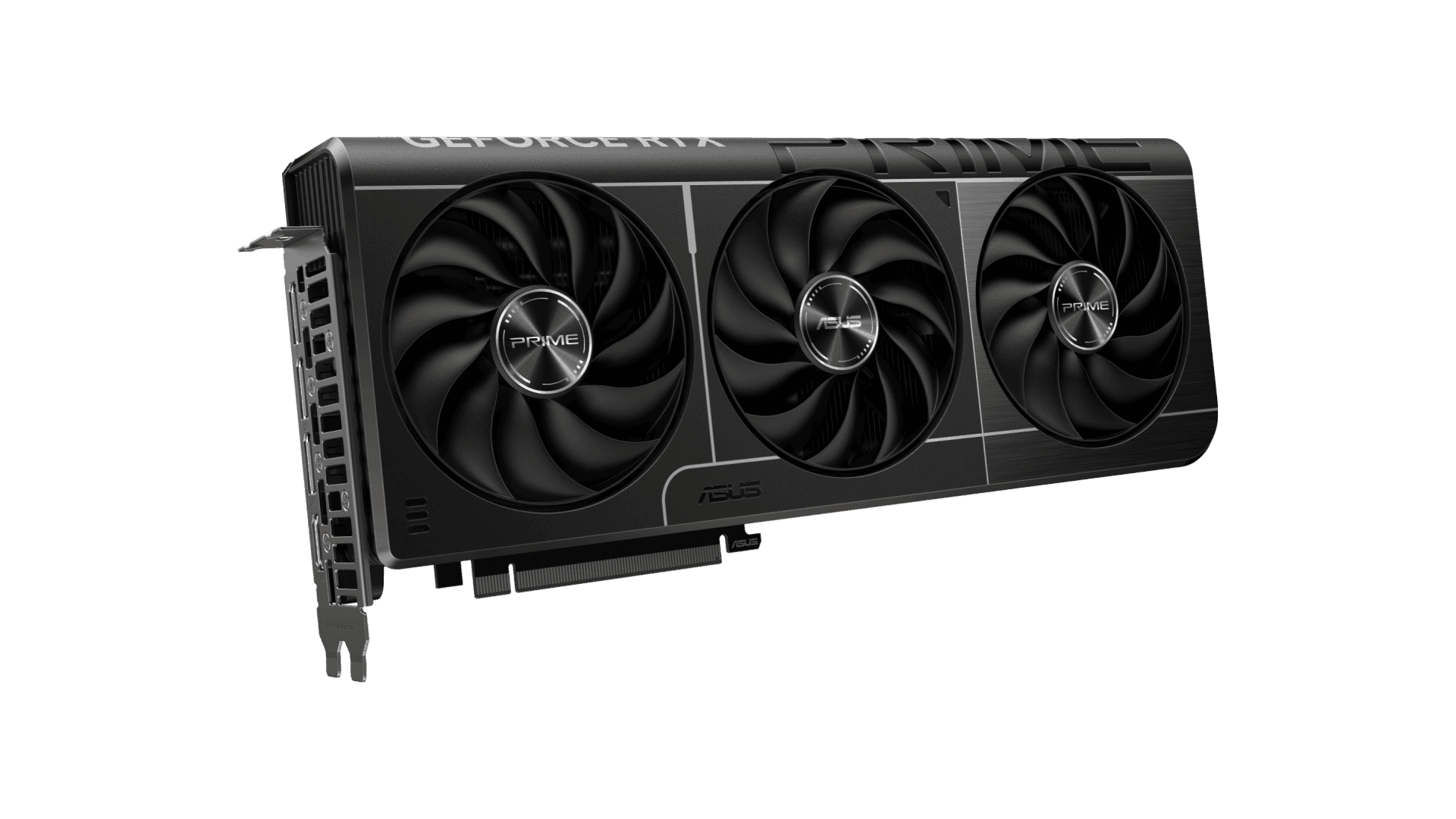
RTX 5080 vs. 4080 Super: Generational Performance Gains
Core Count and Architecture
The RTX 5080, based on NVIDIA’s new Blackwell architecture, features 10752 CUDA cores. This represents a significant increase from the 9728 CUDA cores found in the RTX 4080 Super, which utilizes the Ada Lovelace architecture. This difference in core count suggests a potential performance advantage for the 5080, especially in games and applications that can leverage a higher number of cores.
Memory Capacity and Type
Both the RTX 5080 and 4080 Super come equipped with 16 GB of VRAM. However, the 5080 utilizes the newer GDDR7 memory technology, while the 4080 Super uses GDDR6X. GDDR7 is expected to provide higher bandwidth and improved efficiency compared to GDDR6X. This difference could lead to better performance in memory-intensive applications and games, particularly at higher resolutions where memory bandwidth becomes more critical.
Clock Speeds and Power Consumption
The RTX 5080 has a boost clock speed of 2.62 GHz, slightly higher than the 4080 Super’s 2.51 GHz. This higher clock speed, combined with the increased core count and architectural improvements, could result in a noticeable performance uplift. In terms of power consumption, the 5080 has a TDP of 360W, slightly higher than the 4080 Super’s 320W. This means the 5080 might require a slightly more robust power supply.
Performance Expectations
While benchmarks are still emerging, early indications suggest the RTX 5080 delivers a considerable performance improvement over the 4080 Super. This is attributed to the combination of architectural advancements, increased core count, and faster GDDR7 memory. Gamers can expect higher frame rates, especially at 1440p and 4K resolutions, and smoother gameplay in demanding titles.
Features and Technology
Both cards support the latest technologies, including ray tracing, DLSS 4, and Reflex. However, the 5080 might offer better ray tracing performance due to its architectural improvements. It also supports features like Frame Generation, which can further boost frame rates in supported games by generating intermediate frames.
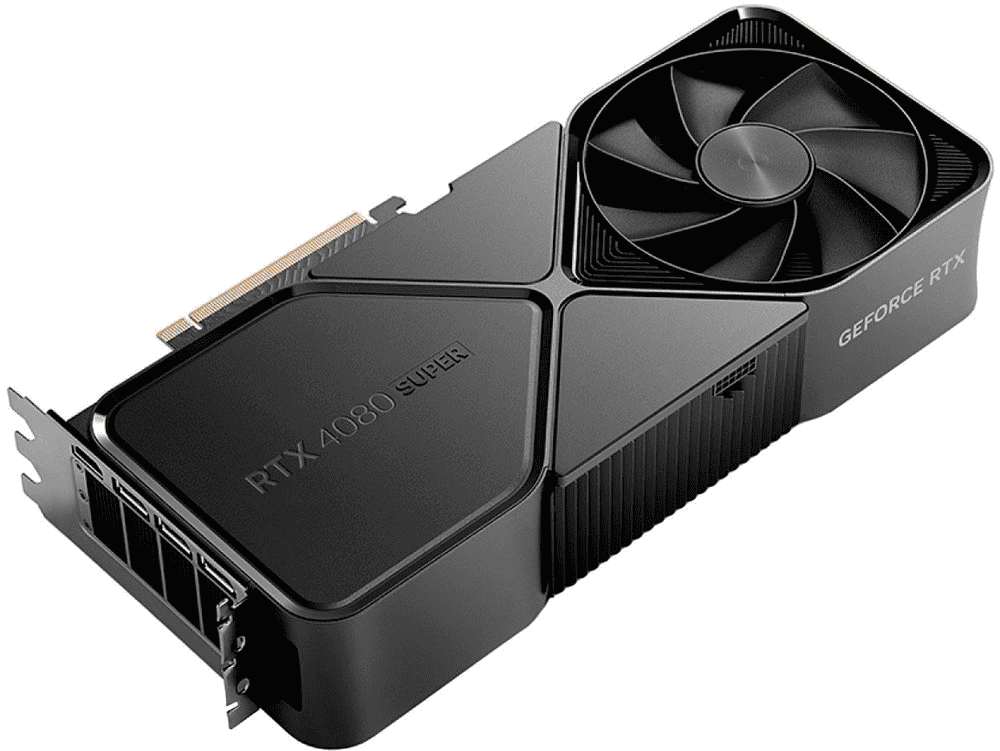
Price and Value
The RTX 5080 is expected to be priced at $999, which matches the original MSRP of the 4080 Super. While official pricing hasn’t been confirmed, the performance gains and feature set might justify the extra cost for users seeking the best possible experience. However, for those on a tighter budget, the 4080 Super remains a strong contender, offering excellent performance at a more competitive price.
Comparison Table
| Feature | RTX 5080 | RTX 4080 Super |
|---|---|---|
| Architecture | Blackwell | Ada Lovelace |
| CUDA Cores | 10752 | 9728 |
| Boost Clock | 2.62 GHz | 2.51 GHz |
| Memory | 16 GB GDDR7 | 16 GB GDDR6X |
| TDP | 360W | 320W |
| Price | $999 | $999 |
| Performance | Significantly better | Excellent |
The Importance of a Balanced PC Build
While a powerful graphics card like the RTX 5080 can significantly enhance your gaming experience, it’s important to remember that it’s just one component of a complete system. To maximize performance and avoid bottlenecks, you need a balanced PC build with a capable CPU, sufficient RAM, and fast storage.
A high-core-count CPU, such as an Intel Core i9 or AMD Ryzen 9 processor, can help keep up with the demands of the RTX 5080, especially in CPU-intensive games. Adequate RAM, ideally 32 GB or more, ensures smooth multitasking and prevents memory limitations. Fast storage, such as an NVMe SSD, can reduce loading times and improve overall system responsiveness.
Key Takeaways
- The RTX 5080 offers 20% better cost-per-frame efficiency than the RTX 4080 SUPER.
- Both cards excel in 4K gaming and professional tasks, with the RTX 5080 leading in raw performance.
- The choice between the two depends on budget and performance requirements.
Technical Specifications Comparison
NVIDIA’s RTX 50 series graphics cards have launched, offering notable performance enhancements and new features for PC gaming. The high-end model, identified as RTX 5080, features Blackwell architecture, a higher core count, and faster GDDR7 memory. This article compares it to the RTX 4080 Super, highlighting key differences in specifications and expected performance, aimed at helping users decide on upgrades or new builds.
The RTX 5080 and RTX 4080 Super GPUs differ significantly in their underlying architecture and performance capabilities. These differences manifest in their core configurations, processing power, and overall technical specifications.
GPU Architecture and Chipsets
The RTX 5080 utilizes Nvidia’s new Blackwell architecture, codenamed GB203-400. This architecture brings improvements in efficiency and performance over its predecessor. The RTX 4080 Super, in contrast, is based on the Ada Lovelace architecture with the AD103-400-A1 chipset.
Blackwell introduces enhancements to CUDA cores, Tensor cores, and Ray Tracing cores. These upgrades aim to boost gaming performance and accelerate AI-related tasks. The manufacturing process for the RTX 5080 is more advanced, potentially allowing for better power efficiency and higher clock speeds.
Core Configurations
The RTX 5080 boasts a higher number of CUDA cores compared to the RTX 4080 Super. Early reports suggest around 10,240 CUDA cores for the RTX 5080, while the RTX 4080 Super features 9,728 cores.
| Feature | RTX 5080 | RTX 4080 Super |
|---|---|---|
| CUDA Cores | ~10,240 | 9,728 |
| Tensor Cores | 320 | 304 |
| RT Cores | 80 | 76 |
The RTX 5080 also includes more Tensor and Ray Tracing cores. This increase in core count translates to improved performance in ray tracing and AI-enhanced tasks like DLSS.
Clock Speeds and Processing Power
Clock speeds play a crucial role in determining GPU performance. The RTX 5080 is expected to have higher base and boost clock speeds compared to the RTX 4080 Super.
Preliminary data suggests:
- RTX 5080: Base clock ~2.2 GHz, Boost clock ~2.7 GHz
- RTX 4080 Super: Base clock 2.21 GHz, Boost clock 2.55 GHz
These higher clock speeds, combined with the increased core count, result in greater theoretical floating-point performance for the RTX 5080. The RTX 5080 is projected to deliver around 20-30% more processing power than its predecessor.
Performance Analysis and Benchmarks
The RTX 5080 and RTX 4080 Super showcase significant performance differences in gaming and professional workloads. Benchmark results reveal improvements in frame rates, ray tracing capabilities, and AI-enhanced features.
Gaming and Real-World Performance
The RTX 5080 outperforms the RTX 4080 Super in most gaming scenarios. It achieves higher frame rates at 4K resolution, particularly in demanding titles. Ray tracing performance sees a notable boost, with the RTX 5080 handling complex lighting scenarios more efficiently.
DLSS 3 technology benefits both cards, but the RTX 5080’s improved AI cores provide better frame generation. This leads to smoother gameplay in supported titles. The RTX 5080 also shows superior performance in games utilizing compute shaders and advanced tessellation techniques.
Benchmark results indicate a 20-30% performance increase for the RTX 5080 over its predecessor. This gap widens in games that heavily use ray tracing features.
Professional and Content Creation Workloads
For professional applications, the RTX 5080 demonstrates substantial gains. 3D rendering tasks complete faster, with some benchmarks showing up to 40% improvement over the RTX 4080 Super.
Video editing and encoding benefit from the RTX 5080’s enhanced NVENC capabilities. This results in quicker export times for high-resolution video projects. AI-assisted tasks also see a significant boost, thanks to the increased AI TOPs (Tensor Operations per Second) of the RTX 5080.
In Passmark GPU tests, the RTX 5080 scores consistently higher across various metrics. This includes texture fill rate, pixel fill rate, and compute performance. These improvements translate to faster completion times for complex professional workflows.
Memory and Bandwidth
The RTX 5080 and RTX 4080 Super differ in their memory technologies and bandwidth capabilities. These differences impact performance in various gaming and computing tasks.
Memory Types and Capacities
The RTX 5080 utilizes GDDR7 memory, while the RTX 4080 Super employs GDDR6X. Both graphics cards feature 16GB of VRAM. This capacity is suitable for high-resolution gaming and demanding professional applications.
GDDR7 offers improved power efficiency and speed compared to GDDR6X. The newer memory technology in the RTX 5080 contributes to its enhanced performance in memory-intensive tasks.
Memory Interface and Bandwidth
The RTX 5080 boasts a memory bandwidth of 973.8 GB/s, significantly higher than the RTX 4080 Super’s 736.3 GB/s. This increased bandwidth allows for faster data transfer between the GPU and memory.
Memory bus width plays a crucial role in bandwidth. While specific details for the RTX 5080 are not confirmed, it likely maintains or expands upon the 256-bit bus of its predecessor.
Memory clock speeds influence bandwidth. The RTX 5080’s GDDR7 memory operates at higher frequencies than the GDDR6X in the RTX 4080 Super, contributing to its superior bandwidth.
| Feature | RTX 5080 | RTX 4080 Super |
|---|---|---|
| Memory Type | GDDR7 | GDDR6X |
| VRAM Capacity | 16GB | 16GB |
| Bandwidth | 973.8 GB/s | 736.3 GB/s |
Connectivity and Power
The RTX 5080 and RTX 4080 Super differ in their power requirements and connectivity options. These aspects impact system compatibility and overall performance.
Interface and Ports
The RTX 5080 uses PCIe 5.0, offering increased bandwidth over the RTX 4080 Super’s PCIe 4.0 interface. This upgrade allows for faster data transfer between the GPU and other components.
Both cards feature HDMI 2.1 ports for 4K/120Hz or 8K/60Hz output. The RTX 5080 includes DisplayPort 2.1, while the RTX 4080 Super uses DisplayPort 1.4a.
DisplayPort 2.1 on the RTX 5080 supports higher resolutions and refresh rates, including 4K/240Hz and 8K/60Hz with full color depth.
TDP and Power Requirements
The RTX 5080 has a TDP of 360W, slightly higher than the RTX 4080 Super’s 320W. This increase reflects the improved performance of the newer card.
Power connectors differ between the two models. The RTX 5080 uses the 12VHPWR connector, while the RTX 4080 Super typically requires two 8-pin PCIe power connectors.
A 750W power supply is recommended for systems using either GPU. The RTX 5080 offers better power efficiency despite its higher TDP, delivering more performance per watt than its predecessor.
Frequently Asked Questions
Consumers have many questions about the RTX 5080 and RTX 4080 Super graphics cards. These questions cover performance, specifications, pricing, release dates, power efficiency, and long-term value.
What are the performance differences between the RTX 5080 and the RTX 4080 Super for gaming?
The RTX 5080 offers a significant performance boost over the RTX 4080 Super. Early benchmarks suggest a 20-30% improvement in frame rates across various games at 4K resolution.
Ray tracing performance sees an even larger jump, with the RTX 5080 handling complex lighting effects up to 40% faster than its predecessor.
How do the specifications compare between the RTX 5080 and the RTX 4080 Super?
The RTX 5080 features more CUDA cores, Tensor cores, and RT cores than the RTX 4080 Super. It has 10,752 CUDA cores compared to 10,240 on the 4080 Super.
Memory specifications show an increase to 24GB of GDDR7 memory on the RTX 5080, up from 16GB GDDR6X on the RTX 4080 Super. This provides higher bandwidth and improved performance in memory-intensive tasks.
What is the expected price difference between the RTX 5080 and the RTX 4080 Super?
The RTX 5080 is expected to launch at a higher price point than the RTX 4080 Super. Industry analysts predict a $200-$300 premium for the newer model.
Exact pricing will be confirmed closer to the official release date. The RTX 4080 Super may see price reductions to maintain its market position.
When was the RTX 5080 officially released?
As of January 2025, NVIDIA has not officially released the RTX 5080. The company typically announces new GPU generations in the fall, with availability following shortly after.
Rumors suggest a potential launch in Q3 or Q4 of 2025, but this remains unconfirmed by NVIDIA.
How does the RTX 5080’s power efficiency compare to the RTX 4080 Super?
The RTX 5080 is built on a more advanced manufacturing process, leading to improved power efficiency. It delivers higher performance while maintaining a similar power draw to the RTX 4080 Super.
Early reports indicate the RTX 5080 consumes about 5-10% less power per frame rendered compared to its predecessor.
In terms of future-proofing, is the RTX 5080 considered a better investment than the RTX 4080 Super?
The RTX 5080 offers better future-proofing due to its more advanced architecture and higher specifications. It will likely handle upcoming games and technologies more capably for a longer period.
The increased VRAM capacity of 24GB on the RTX 5080 provides more headroom for future games with higher texture resolutions and complex scenes.

